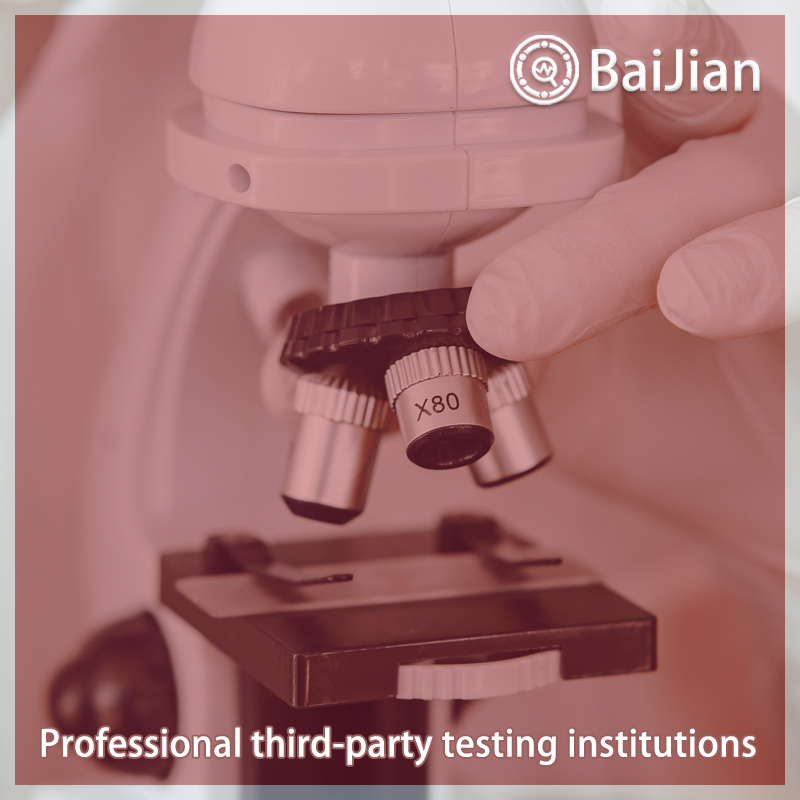
The emission requirements specified in this part of GB 17799 are applicable to electrical and electronic equipment used in the following industrial environments. The frequency range applicable to this section is 0 Hz to 400 GHz. Frequency bands not specified in the standard do not require measurement. If there are no relevant product or product electromagnetic compatibility (EMC) emission standards, then this section of the general EMC emission standards applies. This section applies to equipment connected to the power grid powered by high-voltage or medium voltage transformers, which only supply power to facilities in manufacturing plants or similar factories. This section also applies to battery powered equipment that will be used in industrial environments. The environment described in this section includes both indoor and outdoor environments in industrial premises. The characteristics of industrial sites are that they possess one or more of the following conditions: - Industrial, Scientific, and Medical (ISM) equipment-- Frequent switching of large inductive or capacitive loads; - Large current accompanied by strong magnetic field. The purpose of this section is to specify the electromagnetic emission limits and measurement methods for equipment within the applicable scope. The electromagnetic emission of these equipment may interfere with other equipment, considering phenomena related to continuous and transient, conducted and radiated disturbances. These selected emission limits represent basic electromagnetic compatibility requirements and ensure that the disturbance levels generated by equipment operating normally in industrial locations do not hinder the normal operation of other equipment. Do not consider the fault status of the equipment. For the purpose of testing, this section does not include all harassment phenomena, but only considers the relevant devices covered by this section. This section specifies test requirements for each port considered. Note 1: There are no safety requirements in this section. Note 2: In special circumstances, the limits specified in this section cannot provide sufficient protection, such as using sensitive receiving devices near the equipment. In these situations, additional improvement measures may need to be taken. The following normative references are essential for the application of this document. For dated references, only the dated version applies to this document. For undated references, the latest version (including all modification orders) applies to this document. GB/T 6113.102-2008 Specification for Radio Disturbance and Immunity Measurement Equipment and Measurement Methods, Part 1-2: Radio Disturbance and Immunity Measurement Equipment Auxiliary Equipment Conducted Disturbance (IEC/CISPR 16-1-2:2006, IDT) GB/T 6113.402-2006 Specification for Radio Disturbance and Immunity Measurement Equipment and Measurement Methods Part 4-2: Uncertainty Statistics and limit modeling, uncertainty of measurement equipment and facilities (IEC/CISPR 16-4-2003, IDT) GB 9254-2008 Radio disturbance limits and measurement methods for information technology equipment (IEC/CISPR 22:2006, IDT) IEC 60050-161 Electromagnetic compatibility terminology (IEV) - Chapter 161tElectromagnetic compatibility IEC 61000-4-20; 2010 Electromagnetic Compatibility (EMC) - Part 4-20: Testing and measurement techniques - Emission and immunity testing in transverse electromagnetic (TEM) waveguides
Function of testing report:
1. Project bidding: Issue authoritative third-party CMA/CNAS qualification report
2. Online e-commerce platform entry: Quality inspection report recognized by major e-commerce platforms 3. Used as a sales report: issuing legally effective testing reports to make consumers more confident 4. Papers and research: Provide professional personalized testing needs 5. Judicial services: providing scientific, fair, and accurate testing data 6. Industrial problem diagnosis: Verify the troubleshooting and correction of industrial production problemsBaijian and testing process:
1. Telephone communication and confirmation of requirements
2. Recommend solutions and confirm quotations 3. Mail samples and arrange testing 4. Progress tracking and result feedback 5. Provide reports and after-sales service 6. If urgent or priority processing is requiredTesting and testing characteristics:
1. The testing industry is fully covered, meeting different testing needs
2. Fully cover the laboratory and allocate localized testing nearby3. Engineers provide one-on-one services to make testing more accurate
4. Free initial testing, with no testing fees charged
5. Self service order delivery for free on-site sampling
6. Short cycle, low cost, and attentive service 7. Possess authoritative qualifications such as CMA, CNAS, CAL, etc 8. The testing report is authoritative and effective, and is generally used in China